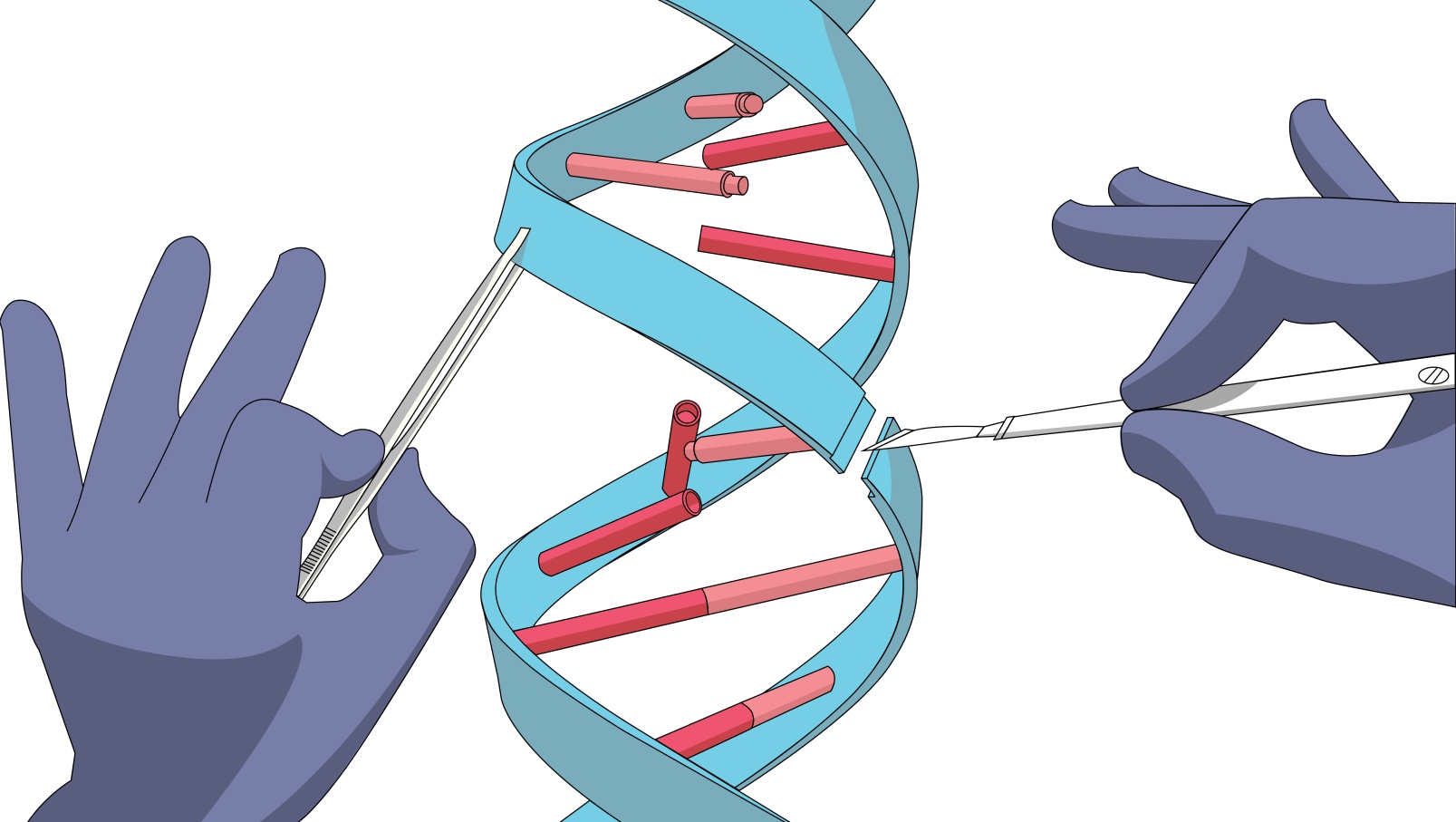Viruses are often able to “highjack” our immune system, allowing them to pass through undetected and cause harm. But a recent study just got the better of them, opening up new ways to battle virus attacks.
Many viruses contain RNA genetic material in the form of a double helix. The immune system can identify these double-stranded RNA fragments as a viral pathogen that must be fought.
But sometimes viruses make use of a mechanism that’s meant to prevent the destruction of benign, human cell-produced double-stranded RNA structures.
Usually, an enzyme called ADAR1 “edits” benign double-stranded helices so the body knows not to attack them. However, RNA-containing viruses can make ADAR1 edit their double-stranded helices too, so the immune system stops recognizing them as a threat.
This is what a recent study carried out by the Mayo Clinic and the University of Haifa sought to examine and understand.
The researchers “silenced” ADAR1 in cells and compared them with cells in which measles were being RNA-edited. When ADAR1 was put back into action, the measles virus began to grow rapidly.
The research proved that ADAR1 can handle 1,000 double-stranded RNA. Beyond this number, the pathogens keep their original form, alerting the body to their presence. The results, published in PLOS Biology, open up new ways to counter virus attacks, for example by increasing the amount of defective virus genomes with double-stranded structural fragments.
“Together with intriguing RNA-editing tradeoff between autoimmune misregulation and virus infection, this study demonstrates an association of the natural and designed defective virus genomes with anti-virus protection,” said Dr. Leonid Brodsky, head of the Tauber Bioinformatics Research Center at the University of Haifa.
Fighting for Israel's truth
We cover what makes life in Israel so special — it's people. A non-profit organization, ISRAEL21c's team of journalists are committed to telling stories that humanize Israelis and show their positive impact on our world. You can bring these stories to life by making a donation of $6/month.









